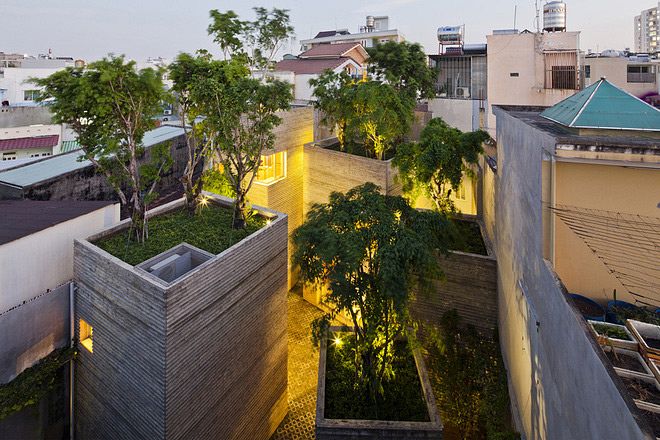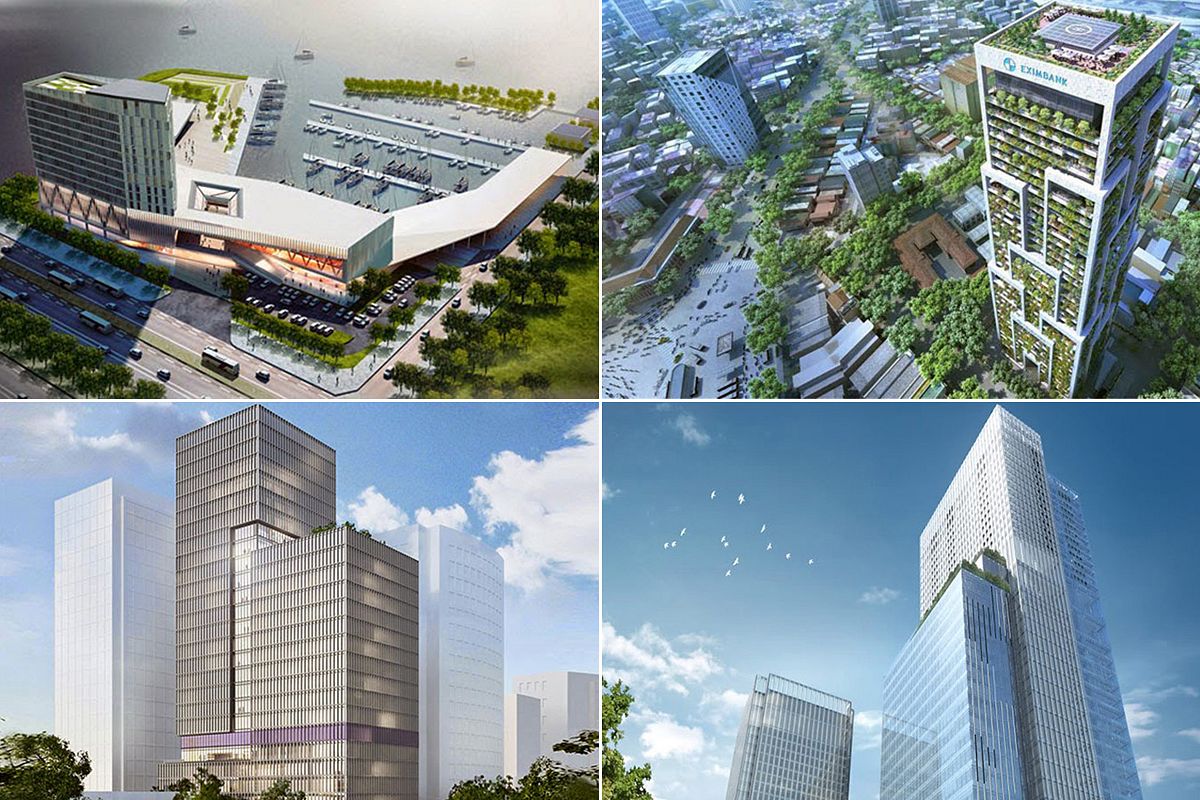We knew traffic was getting worse in HCMC, but we had no idea it was this expensive.
Speaking at the international conference, "Opportunities and challenges for sustainable urban development" in HCMC on September 15, Prof. Nguyen Minh Hoa, head of the Urban Studies Faculty of the HCM City University of Social Sciences and Humanities said that the city looses $1.2 billion each year die to traffic congestion, according to Vietnam Net.
"Every city in the world undergoes certain stages of development and has to face different challenges. In Vietnam today, specifically Ho Chi Minh City, the biggest challenges are traffic jams and pollution - the problems that other cities in the region settled 15-20 years ago, even 30 years ago. For many reasons, the most notable one is that we do not learn from the experience of other countries," Hoa told the 71 scholars from Japan, France, Malaysia, the Philippines, Nepal, Laos and Vietnam who attended the conference.
Related Articles:
- After Massive Auto Tax Breaks, Will Saigon Become a Parking Lot?
- Saigon’s Bus Rapid Transit System Set To Launch In 2018
- How Saigon Plans to Avoid the 'Car Age'
Some of the attendees suggested that HCMC develop along the lines of a “smart city,” one in which there is an “efficient management system of natural resources, based on technological and scientific advances.”
While Saigon’s new metro and BRT systems should go a long way to combating traffic, they won’t be completed until at least 2018 and according to Robert Valkovic, the Asian Development Bank’s transport specialist for Vietnam, traffic may be significantly worse be then with 300 new cars added to Saigon's streets each day.
Thankfully, most of the Vietnamese public supports restrictions on cars in urban areas:
“Prof. Dr. Pham Xuan Mai, from the Institute for Transport Development Strategy, conducted a survey in HCM City, with up to 60 percent of the respondents supporting restriction of private cars in five major cities (Hanoi, HCM City, Hai Phong, Da Nang, Can Tho).”
Let’s see if public opinion can trump the upper and middle classes’ desire for comfort and displays of wealth.














